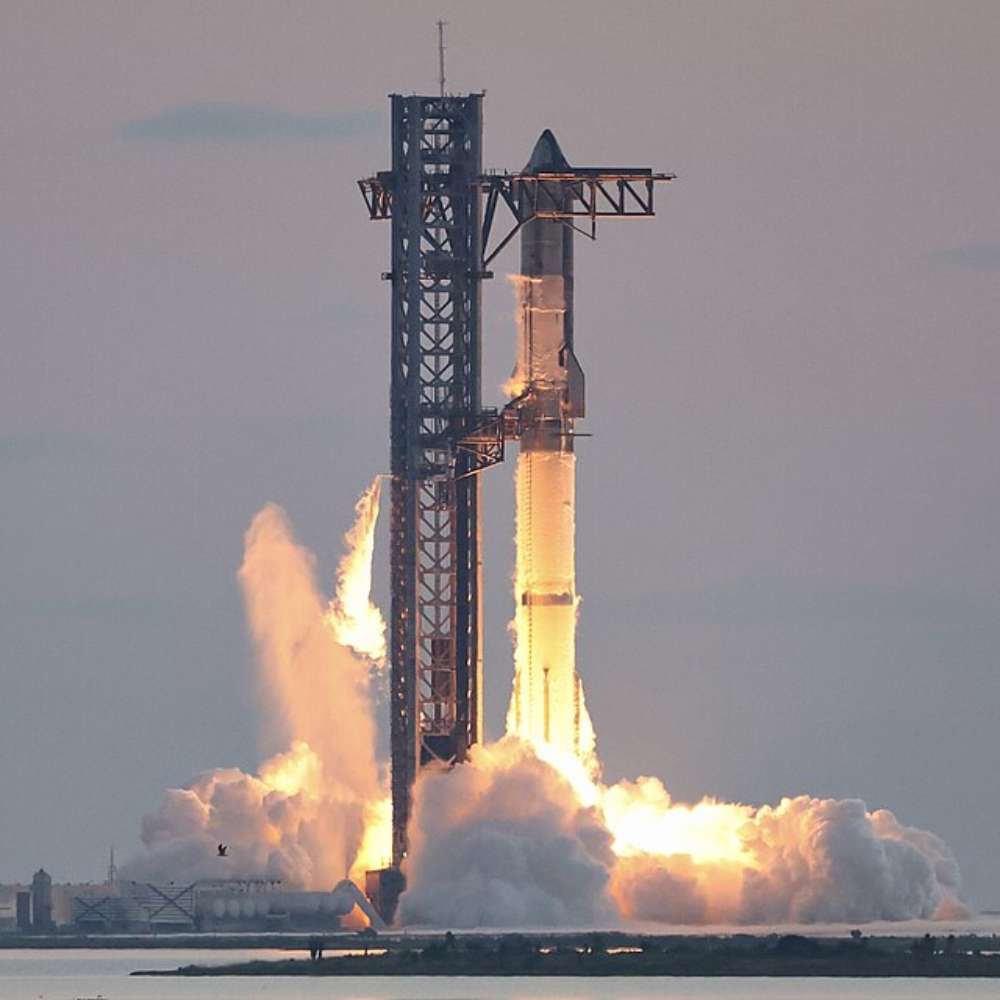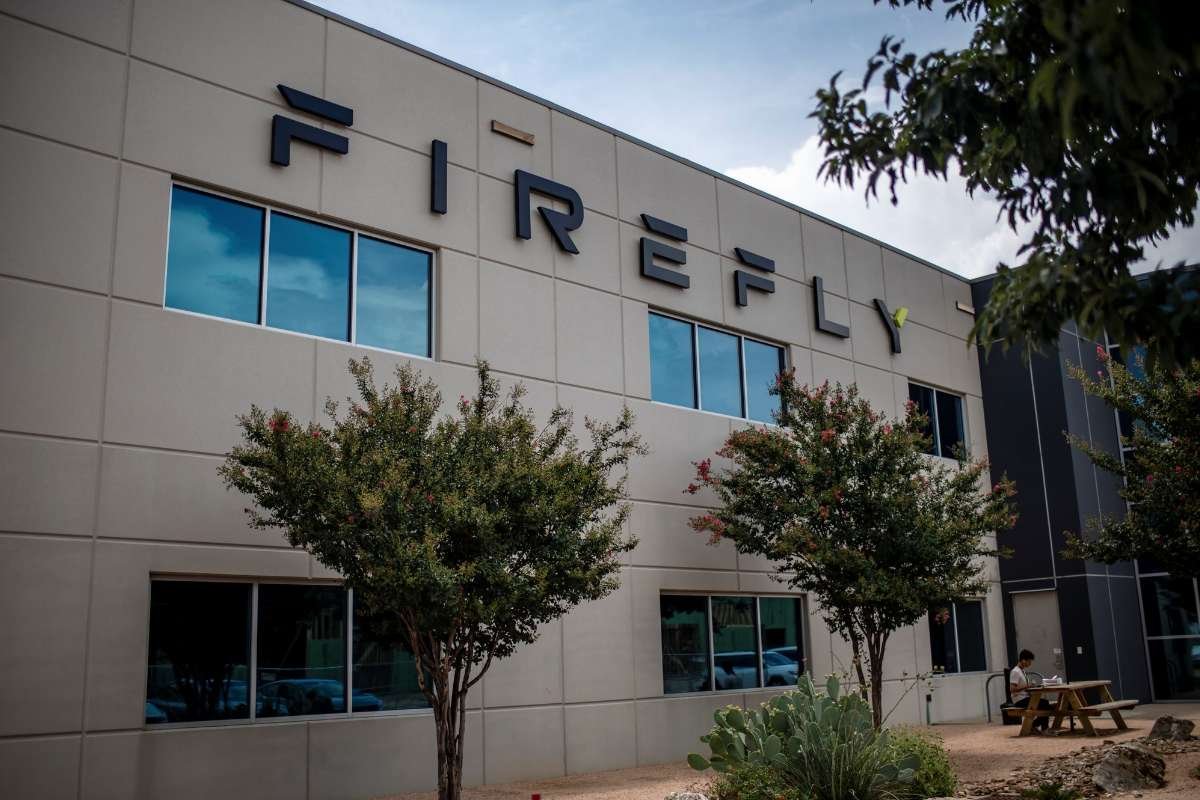SpaceX recently conducted its seventh test flight of the Starship launch vehicle, which is described as the most advanced and capable version yet with a fully reusable design. The test had both successes and setbacks, with the company successfully catching the first-stage booster but losing communication with the Starship spacecraft as it ascended into space.
Successful Launch but Loss of Spacecraft
The massive rocket, towering over 400 feet and powered by 33 Raptor engines, lifted off successfully from the Starbase facility near Brownsville, Texas, at 4:37 p.m. CT. However, just minutes into the mission, ground control announced the loss of all communication with the spacecraft. According to the mission’s live stream, several engines failed, and telemetry data was lost, leading to the loss of the Starship vehicle.
There were no astronauts onboard this test flight, as it was an unmanned experimental mission designed to test new capabilities and technologies for future space missions.
Booster Catching Success
Despite the loss of the spacecraft, a significant milestone was achieved when the super heavy first-stage booster successfully executed a controlled descent back to the launch tower. The booster was caught by the tower’s massive robotic arms, a highly complex and challenging part of the mission.
This marks only the second time SpaceX has successfully caught the booster using the launch tower, showcasing progress in their efforts to create a fully reusable launch system.
FAA’s Temporary Flight Restriction and Falling Debris
Following the spacecraft loss, the Federal Aviation Administration (FAA) temporarily restricted flights over Florida due to the possibility of falling debris from the failed launch. Footage of debris falling from the sky was also captured over the Turks and Caicos Islands.
Elon Musk’s Statement on the Incident
SpaceX CEO Elon Musk addressed the incident on social media, suggesting that a possible oxygen or fuel leak above the ship’s engine firewall could have caused excessive pressure buildup beyond the venting capacity. He mentioned that future modifications would focus on improving fire suppression and expanding venting capacity to prevent similar issues.
Musk indicated that current findings would not delay the next scheduled test flight, which is expected to occur as early as next month. Sharing a video of the debris, he commented that while success remains uncertain, the process continues to be both informative and captivating.
Starship’s Future and Design Enhancements
Despite the setback, SpaceX remains optimistic about the future potential of Starship. Unlike the partially reusable Falcon 9 rocket, which has successfully carried satellites and astronauts for years, Starship is designed to be fully reusable. The vehicle aims to carry larger payloads, including satellites, cargo, and eventually, up to 100 passengers on long-duration space missions.
Starship’s design includes a heat shield capable of rapid redeployment without significant refurbishing, making it ideal for long-term missions to the Moon and potentially Mars.
The test flight introduced a redesigned upper stage with several enhancements, including an improved heat shield, increased propellant capacity, and upgraded avionics. These updates are aimed at improving reliability and enabling more complex missions in the future.
Planned Mission Objectives Scrapped
The test flight had initially planned to deploy 10 Starlink satellite simulators to evaluate the vehicle’s payload delivery capabilities. These simulators were set to be released on a suborbital trajectory, with splashdown planned in the Indian Ocean.
Additionally, the mission aimed to test new heat-resistant materials and design modifications to strengthen the spacecraft’s ability to withstand reentry. To assess the heat shield’s resilience, the company intentionally removed some heat tiles before the launch.
The data collected from this test flight was intended to refine the design further and improve the spacecraft for future missions.
Moving Forward
While the loss of the spacecraft was a setback, the successful booster catch and data collected from the mission provide valuable insights for the next test flight. SpaceX continues its progress toward developing a fully reusable space launch system, with ambitions of enabling interplanetary travel in the future.







